Barrie R. Cassileth, MS, PhD
Articles by Barrie R. Cassileth, MS, PhD

This article will review these intersections of exercise and oncology, discuss the known mechanisms by which exercise exerts its salutary effects, and touch upon the future directions of exercise research in the oncology setting. Finally, recommendations are provided for clinicians to help patients with and without cancer take advantage of the benefits of physical activity.

Let’s be clear. Loving support is an important component of compassionate care. Promising miracles is not.

This review provides a brief recap of the history of medical quackery and an overview of the various types of unproven or disproved cancer therapies popular now in the United States and elsewhere.

The active constituent of green tea extract is EGCG, which accounts for 40% of its total polyphenol content. Regular consumption of green tea may reduce the risk of hypertension and positively affect mood.

Flax, an annual plant believed to have originated in Egypt, is cultivated around internationally and is among the world’s oldest crops.
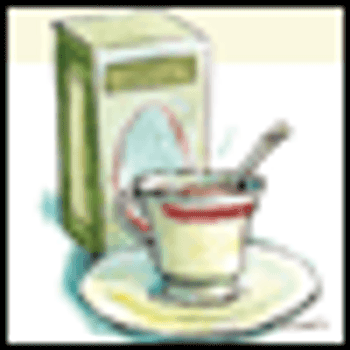
During the 1970s and 80s, several researchers in Canada and in the United States, including those at the National Cancer Institute, studied Essiac. All failed to find any evidence of effectiveness.
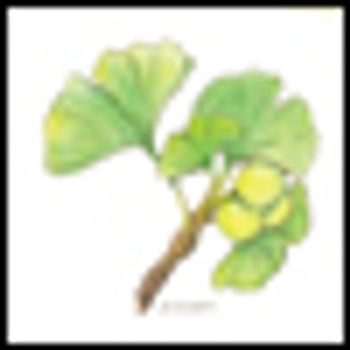
Ginkgo biloba, one of the oldest living tree species, is cultivated worldwide for its medicinal properties and aesthetic appeal. The leaves and seeds are used in traditional medicine to treat respiratory diseases, circulatory disorders, sexual dysfunction, and loss of hearing.
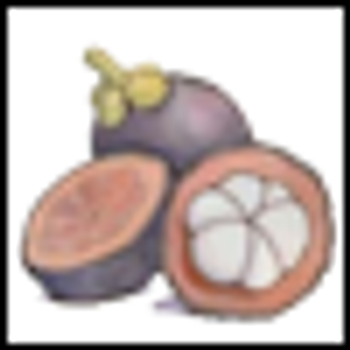
Mangosteen is an evergreen tree native to Southeast Asian countries, including India, Myanmar, Malaysia, Philippines, Sri Lanka, and Thailand. Its reddish to dark purple fruit, with white juicy edible pulp, is considered one of the best tasting tropical fruits. Mangosteen has a long history of medicinal use to treat skin infections, wounds, and dysentery; in ayurveda, it is used for inflammation, diarrhea, and cholera.

Acupuncture is a therapeutic modality in Traditional Chinese Medicine (TCM), developed over the millennia. Treatment involves the placement of needles at selected points on the body, followed by manipulation with physical forces, heat, or, in modern times, electrical stimuli.
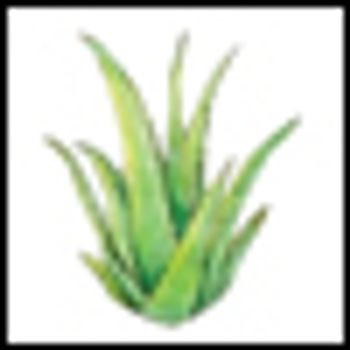
Aloe vera, a succulent plant prevalent in hot, dry regions of Asia, Africa, and other areas, has been used in traditional medicine for many centuries. It is easily propagated in most places where the climate is hot and dry.
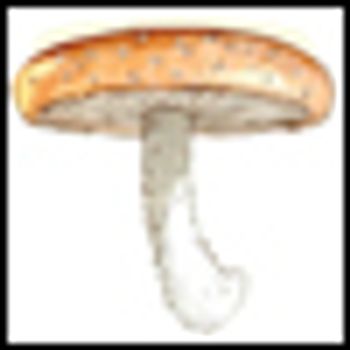
Shiitake, an edible mushroom indigenous to East Asia, is cultivated worldwide for its purported health benefits
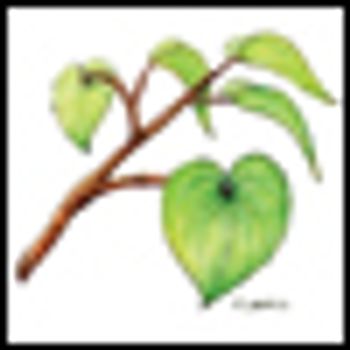
Kava is a plant indigenous to the Pacific Rim and the Hawaiian Islands whose root and rhizome are used to prepare a non-fermented beverage with relaxant effects that is used for social and recreational purposes.
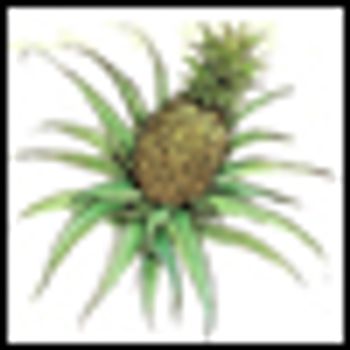
ALSO KNOWN AS: Ananase, dayto anase, traumanase.
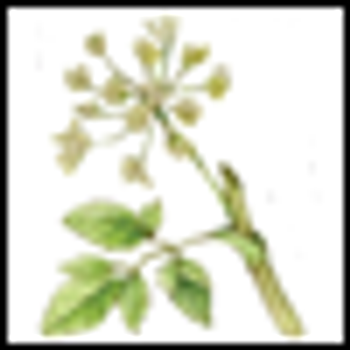
Dong quai is a perennial herb native to China, Japan and Korea; its root has been used for thousands of years as medicine.

The berries of Lycium barbarum, a perennial plant native to Asia and southeastern Europe, have been used for centuries in traditional Chinese medicine to treat poor vision, anemia, inflammation, and cough. They are also consumed as food and used in soup recipes.

Though there are no data yet on their efficacy, oleander extracts are promoted to treat cancer, AIDS, and congestive heart failure, and are being investigated in clinical trials.

Vitamin B12 is part of the vitamin B complex and is essential for maintaining nerve function, fatty acid metabolism, and DNA and amino acid synthesis. By lowering homocysteine levels, it may also protect against cardiovascular disease. Vitamin B12 can be obtained through diet (including eggs, dairy products, poultry, meat, and fortified cereals) and in supplement form. Deficiency of B12 can lead to a wide variety of hematologic, neurologic, and psychiatric disorders and may increase the risk of cardiovascular diseases. Clinical evidence to support the role of vitamin B12 in decreasing cancer risk is mixed. Further research is needed.

Noni is an evergreen plant prevalent in Southeast Asia, Australia, and the Polynesian islands. It is used in traditional medicine for wound healing, infections, skin conditions, diarrhea, and as a tonic. Noni products have gained worldwide popularity over the past 2 decades and are aggressively marketed for immunostimulation and for treatment of chronic fatigue syndrome and cancer.Preliminary data from in vitro and animal studies suggest immunomodulatory, antioxidant, and antitumor properties. However, hepatotoxicity and hyperkalemia have also been reported with noni use.

Red clover is a perennial herb traditionally used to treat skin conditions such as eczema and psoriasis, whooping cough, and respiratory problems. The isoflavones present in red clover have estrogen-like effects and have been the subject of intense research over the last decade. Data on red clover’s potential for reducing the symptoms of menopause and for decreasing the risk of breast cancer are inconclusive. Overuse of isoflavone supplements can increase the risk of hormone-sensitive cancer.

Yoga, first described in the Vedic texts of India, has been practiced for millennia. It involves regulated breathing, moving through various postures known as asanas, and meditation, aimed at achieving physical and psychological well-being. Many styles of yoga encompass some or all of these components. Yoga can have a positive impact on quality of life (QOL) in people with and without cancer, by reducing stress and fatigue and improving symptoms of certain inflammatory conditions. In the cancer setting alone, there are at least 10 randomized trials documenting the benefits of yoga on patients’ QOL.
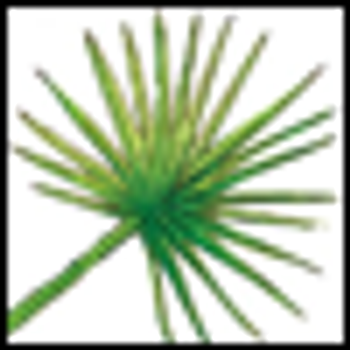
Saw palmetto, a small, slow-growing palm, is prevalent in the southeastern United States. Its berries are a rich source of fatty acids and phytosterols, and were used by Native Americans as food and also as medicine to treat urinary tract problems.

Vitamin E is a fat-soluble vitamin found in green leafy vegetables, whole grains, nuts and seeds, wheat germ, eggs, and in oils derived from soybeans, almonds, safflower, and sunflower. It is also an antioxidant and is said to confer protection against Alzheimer’s, Parkinson’s, cardiovascular disease, arthritis, and cancer. Although observational data suggest a correlation between high intake of foods rich in vitamin E and lowered risk of cancer, randomized trials using vitamin E supplements failed to validate those findings; some studies suggest that vitamin E supplementation can actually increase all-cause mortality.
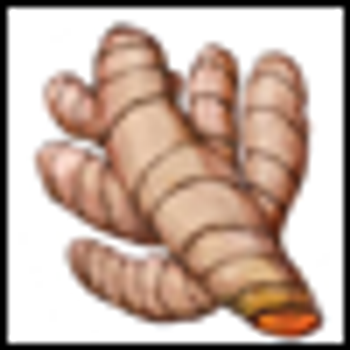
Turmeric, a perennial herb prevalent in South Asia, is ubiquitous in Asian and Middle Eastern cooking. It is also used in Ayurveda and traditional Chinese medicine to treat inflammation, burns, and disorders of the digestive system.

It can alleviate adverse effects of cancer treatment, but can it also be used as a chemopreventive?
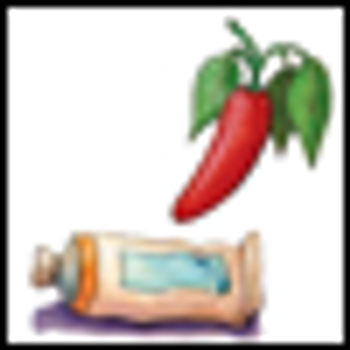
Capsaicin, the active component derived from the fruit of capsicum, is used to relieve pain, to improve circulation, to treat cluster headaches and psoriasis, and for weight loss. Capsicum or cayenne pepper, a shrub prevalent in many tropical and subtropical climates, is an important ingredient of many cuisines around the world. It has been used in traditional medical systems as a remedy for digestive and circulatory problems, poor appetite, and to relieve muscle and arthritic pain. Capsaicin is currently available in capsule form and as an ingredient in topical creams.

Lycopene is a carotenoid found in tomatoes, grapefruit, watermelons, and papaya. It is also synthesized by plants and microorganisms, but cannot be synthesized by the human body and can only be obtained via diet. Lycopene as a dietary supplement is a potent antioxidant used to help prevent cancer, heart disease, and macular degeneration. It is classified as a nonprovitamin A carotenoid because it cannot be converted to vitamin A.

Practitioners of Gerson therapy believe that cancer is caused by an accumulation of toxic substances in the body. They recommend a special diet including high carbohydrate and potassium intake, no sodium or fat, low animal protein, supplementation with exogenous digestive enzymes, and coffee enemas aimed at detoxifying the body and stimulating metabolism. However, available scientific evidence does not support use of Gerson therapy.

Omega-3 fatty acids have gained popularity over the past decade as growing scientific evidence supports their use in preventing cardiovascular disease, depression, rheumatoid arthritis, and asthma, and in slowing cognitive decline. Because they are essential and cannot be synthesized in the human body, omega-3 fatty acids should be obtained through diet by consuming fish and nuts, or in supplemental form.

The “Mediterranean diet” represents the food consumed in about 16 countries bordering the Mediterranean Sea. Accumulating evidence points to the many health benefits conferred by this diet.

Oxygen therapies are expensive, unproven, and harmful alternatives promoted in appealing and convincing ways for the treatment of cancer and other major diseases. Supporters claim that low levels of oxygen enable cancer cells to thrive and that an oxygen-rich environment destroys them. However, these claims are unsubstantiated. Further, numerous reports of serious complications and fatalities have been reported from the use of oxygen therapies.





























